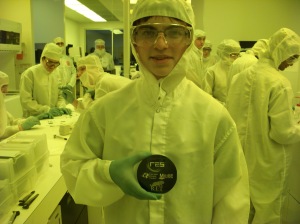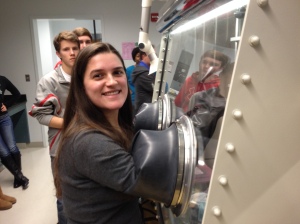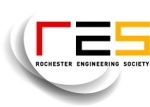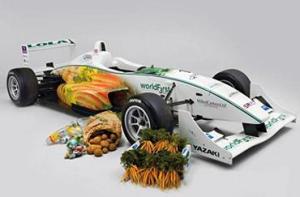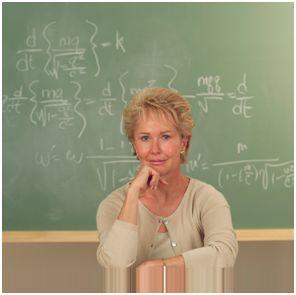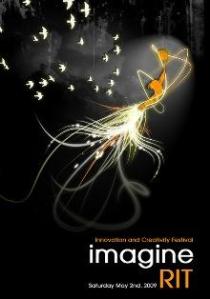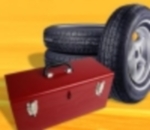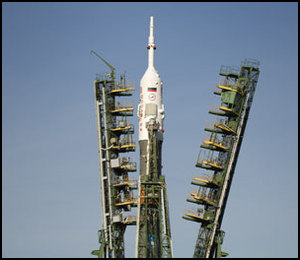The Life Sciences Learning Center (LSLC) is a unique hands-on science inquiry center for students and community members. It is located at the University of Rochester Medical Center. They offer innovative and engaging programs to area secondary students. We invited a local high school student to share her experience following a recent visit to the LSLC.
A few weeks ago, my biology class visited the University of Rochester’s Life Sciences Learning Centers. We only knew that we were doing a lab, so we didn’t quite know what to expect. Upon arriving, we donned our lab coats and sat down at our individual stations. We immediately started a lab that involved the development of an HIV vaccine. First, we studied the spread of the virus and how the immune system reacts to it. This involved exchanging fluids which could possibly contain the virus. We then tested our fluids to see who was “infected.” Our instructor then showed us how to set up gels to test the vaccines. We got to use a micropipette to place the solution in the gels, which proved to be a bit of a challenge. However, there were some future doctors and scientists who were definitely naturals. After this, we sent an electrical current through the gels. Our results helped us determine which vaccine would be the most effective.

Brockport High School Bio Students visit the LSLC
At the end of the program, our class got a photo together.
Overall, I really enjoyed my time at the learning center. I liked getting to see what doctors and scientists do every day to help save lives and advance technology. I would definitely return to do another lab.
Bridget Moyer is a 9th Grade Student at Brockport High School.
Want to learn more about the Life Sciences Learning Center?
 To learn more about the LSLC, visit their website or check out their facebook page to learn more about their exciting work with area students.
To learn more about the LSLC, visit their website or check out their facebook page to learn more about their exciting work with area students.
STUDENTS: Are you a local student interested in writing about your experiences in local STEM activities? We invite you to join us for our student guest blog series! Contact our Web Administrator at tammybon@EmpireSTEM-FL.org



 Posted by tammybon
Posted by tammybon 


